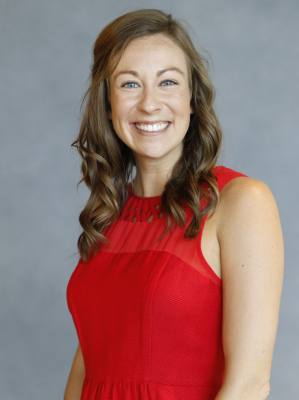After
weighing costs and projected returns on investment, Travis County Commissioners unanimously approved Tuesday a $1.2 million water recovery system for the new Civil and Family Courts Facility.
The package includes collection, storage and treatment of rainwater and double piping the irrigation and plumbing systems with purple, or reclaimed, water pipes. The cost of the system will be rolled into the total cost of the building, which is still under negotiation. A 13-year return on investment is anticipated.
“What you’re building here is a generational structure,” said Bill Moriarty, the chair of Austin’s Water and Wastewater Commission during a presentation to commissioners Aug. 28. “Water is going to do nothing but get more expensive and become more scarce.”
As it stands, the sustainable water system is somewhat limited.The system will collect and store rainwater and be ready to hookup to the city's reclaimed water system. However, the $1.2 million price tag does not include tie-in to the city’s purple pipe. The closest hookup for a building of this size—projected to be 430,000 square feet—is about 10 blocks away, said Rodney Moss, senior vice president of Hunt Development Group, during an Aug. 14 presentation to the commissioners.
Hunt is the lead developer within the Travis County Courthouse Development Partners LLC, the group behind the new facility.
“There are other buildings in the vicinity that could and probably should use the purple pipe,” Moss said. “If we could figure out some way to spread that cost, that would help.”
An additional $1.5 million to $2 million would have been required to extend the piping to
the new building site, he said. The purple pipe line extension will likely happen on its own as other developers and the city continue to upgrade or construct new buildings downtown, Commissioner Brigid Shea said.
“I know that there are plans to build out the purple pipe downtown, because this is where you have the greatest concentration of users,” she said. “It’s more efficient to do it in this area than in a residential area.”
Moriarty described the county’s decision to move forward with a water recovery system that includes double piping, collection and storage of rainwater as “a very reasonable investment in permanent water conservation.”






